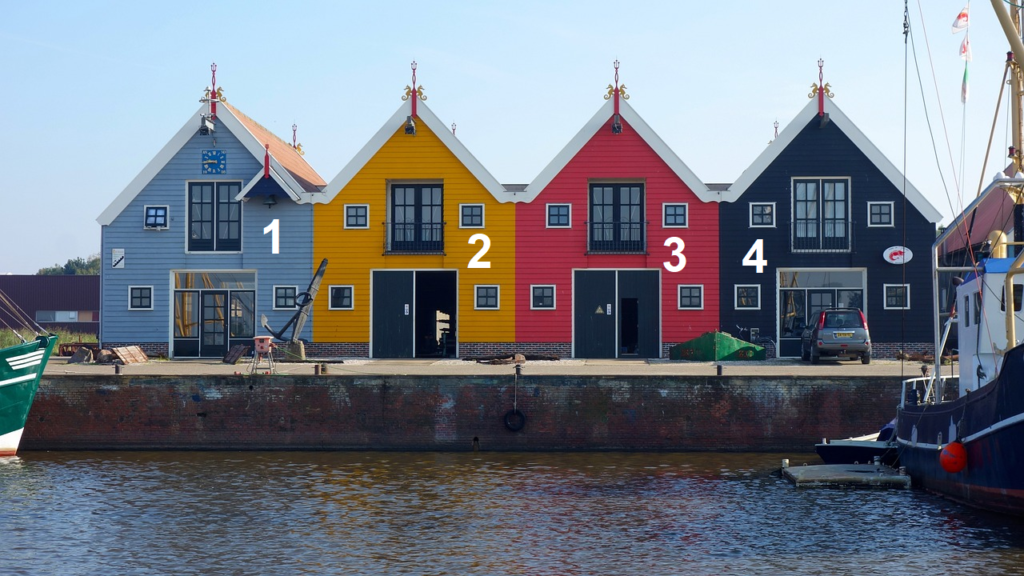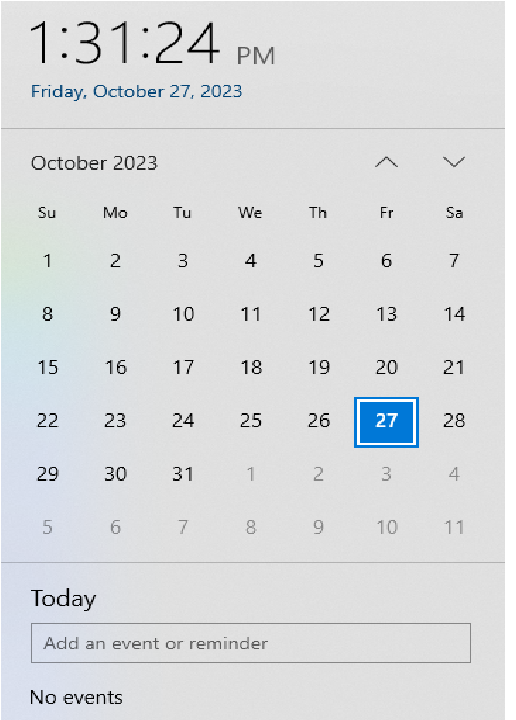real life examples of arithmetic progression working model


The number of houses is 1, 2, 3, …, 49
By observation, the numbers of houses are in an A.P.

The calendar is a common example of an arithmetic sequence.
Each month has exactly 28, 30, or 31 days, and the sequence repeats itself every year.
We can use this information to predict how many days are in a given month simply
by looking at the previous months in the sequence.

The calendar is a common example of an arithmetic sequence.
Each year we have 12 months, and the sequence repeats itself every year.
We can use this information to predict how many months in given year

Straight-line depreciation is calculated by dividing a fixed asset’s depreciable base by its useful life.

Honeycombs are an example of an arithmetic sequence.

saving money in equal installments that form an arithmetic sequence:
if you start with $50 and add $15 each week, the amount of money you have saved at the end of each week follows the arithmetic sequence
50, 65, 90, 105, . . . .

Ticket Fare for first km – first term – 15 rupee
Ticket Fare for each additional km – 8 rupee
So, the sequence becomes 15,23,31,39….
Stackable Cups are designed so, you can stack them one above the other to save space during storage. These Cups are another great example of an arithmetic sequence.


